How to care for Anthurium and what are its common problems?
The Anthurium
Did you know that the colorful "flowers" of the Anthurium are actually modified leaves? The plant's true flowers grow from the central structure called the inflorescence.
Originally found in areas of the Andes mountain range in Colombia and Ecuador, this beauty enjoys a warm spot in your home with a little extra humidity.Anthurium "flowers" are some of the longest-lasting on earth, meaning the dazzling color will last in your home for months. The Anthurium symbolizes hospitality with its open-heart-shaped blossom and inspires happiness and abundance.
_________________________________________________
How to care for your Anthurium
Use these instructions to care for an anthurium. This guide will tell you how to water an anthurium; its light, temperature, and humidity preferences; and any additional care it may need to help it grow.
Place your anthurium in a warm, well-lit location. The more light the plant receives, the more flowers it will produce, but never expose it to direct sunlight. During the winter, they can handle less light.
Keep the soil slightly moist during the growing season from March to September. Water your anthurium well and then let the top 1-2 inches of soil dry out before watering again. Too much water causes yellow leaf tips, and overwatering causes brown leaf tips.
Your Anthurium loves a humid environment, so feel free to mist it every day. Use a pebble tray or a humidifier during the winter months, when the air tends to be much drier.
Your Anthurium prefers temperatures between 65-80 degrees during the day and no cooler than 60 degrees at night. Avoid placing your plants near heating and air conditioning vents and vents.
Use a balanced fertilizer or one slightly higher in nitrogen for Anthurium plants. Feed monthly in spring and summer, when Anthurium plants are actively growing. Dilute the plant food to one-third of the recommended strength.
Anthuriums are toxic to pets and humans. Ingestion typically causes mouth and skin irritation, stomach pain, and irritation with possible vomiting.
Promptly remove any faded or dying flowers as soon as they appear. This helps the plant focus its energy on new growth. Give your Anthurium a six-week rest during the winter. Lower temperatures, less light, and drier soil during this time help an Anthurium produce more flowers in the spring and summer.

_________________________________________________
Common problems for your Anthurium

Since flamingo flowers (which are actually modified heart-shaped leaves) are strikingly crimson, the anthurium plant is popular in many homes. Its beauty makes it even more distressing when brown leaves begin to appear on your plant.
Here are some common reasons why your anthurium is losing blooms, and how to help it recover.
Natural aging of your Anthurium
Has your plant been with you for a while? The leaves could be experiencing natural aging! Old growth, particularly near the bottom of the plant, will naturally fade and fall off to provide energy for newer growth. When leaves or flowers wilt or turn yellow or brown, cut them off with sharp shears to ensure the plant devotes more energy to maintaining its healthy growth.
Rapid yellowing and browning of your anthurium is also known as "leaf blight." If your plant is deteriorating rapidly and throughout the plant, it's likely suffering from one of the following problems.
Your Anthurium is suffering from sunburn
The more light the plant receives, the more flowers it will produce, but direct sunlight will cause its leaves to dry out quickly and kill the plant. Place your Anthurium in a spot with bright, indirect light.
Nutrient deficiency for your Anthurium
Your anthurium may not be getting enough nutrients like nitrogen, phosphorus, and potassium after being depleted from its potting soil. We suggest using a time-release fertilizer, using only 1/4 of the amount recommended on the label, for a few weeks until your plant begins to recover.
Excess water leading to root rot
Tropical plants like anthurium are highly susceptible to root rot if constantly watered. Keep the soil slightly moist during the growing season from March to September. Water your anthurium well and then let the top 1-2 inches of soil dry out before watering again.
If your plant's health is deteriorating rapidly, you'll want to remove it from the pot to check for root rot. If the roots are black or slimy, the only way to help your plant recover is to trim away the rot and repot your anthurium.
Save your Anthurium by repotting
To save your anthurium, you need to put it back. You should be using fresh, well-draining potting soil. Here are some steps to repot your plant:
- Choose a pot that is approximately 2" larger than your current pot with drainage holes.
- Fill the new pot one-third of the way with your new potting mix.
- Gently slide the anthurium out of its pot. Take shears and trim off any dead or soft-looking roots.
- Place your anthurium in the new pot, fill the pot with the remaining potting mix and tamp down.
- Water the plant well until the water drains out the bottom, then let it sit.

Anthurium flowers, also known as flamingo flowers (which are actually modified heart-shaped leaves), are strikingly crimson, white, or pink. Their beauty makes it even more distressing when those showy blooms start to fall off your plant.
The good news is, this plant is likely losing its blooms as part of its natural life cycle! A well-cared-for anthurium blooms year-round in approximately three-month intervals, so you could be between blooms. However, this tropical plant can also be temperamental if not cared for properly, and if your plant's flowers and leaves are fading or wilting, you may need to make some changes.
To encourage healthy growth, remove any faded or browned blooms with sharp shears to ensure the plant devotes more energy to retaining its healthy flowers. If your plant's health continues to decline, here are some common reasons why your anthurium is losing blooms and how to help it recover.
Excessive or underwater dehydration of your anthurium
Both underwatering and underwatering can cause anthurium to lose its blooms, but too much water can cause root rot and kill your plant altogether. If your plant's leaves are turning brown or wilting along with the loss of blooms, you should make some quick course corrections to your plant care routine.
Keep the soil slightly moist during the growing season from March to September. Water your anthurium well, then let the top 1-2 inches of soil dry completely before watering again.
Cold damage to your anthurium
Anthuriums are tropical flowering plants and require warm temperatures to thrive. While houseplants are generally kept warm enough, cold damage can occur due to overly strong air conditioning units or during the winter. Your anthurium prefers temperatures between 65-80 degrees during the day and no cooler than 60 degrees at night. Air circulation can help your plant, but avoid placing it near heating and air conditioning vents and fans.
Unsuitable lighting conditions for your anthurium
The more light your plant receives, the more flowers it will produce, but never expose it to direct sunlight, as that's the quickest way to not only lose flowers but also kill your plant. Place your Anthurium in a spot with bright, indirect light. During the winter, they can handle less light.
Inadequate humidity for your anthurium
Your Anthurium loves a humid environment, so misting it daily can help your plant recover. Use a pebble tray or a humidifier during the winter months, when the air tends to be much drier.




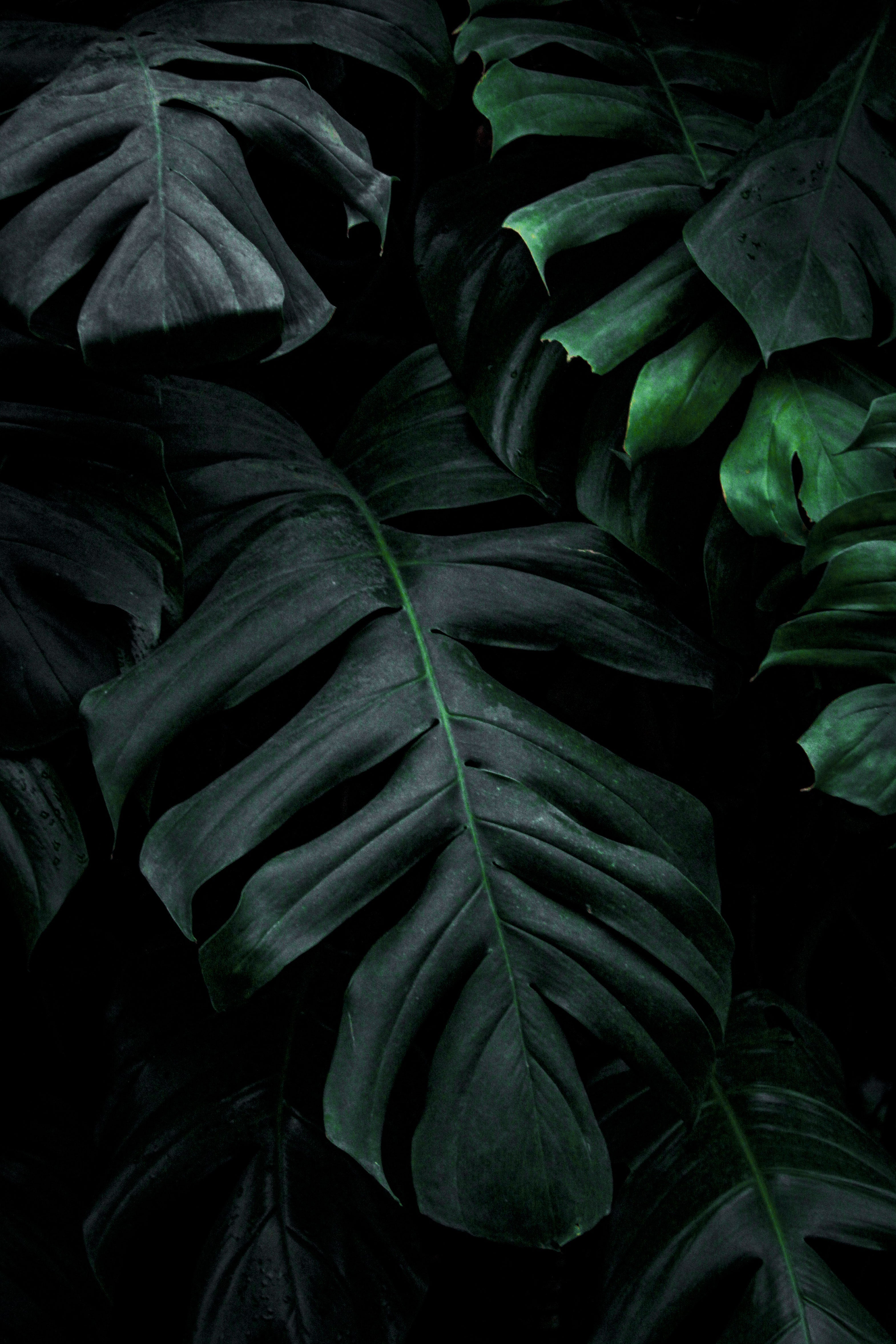
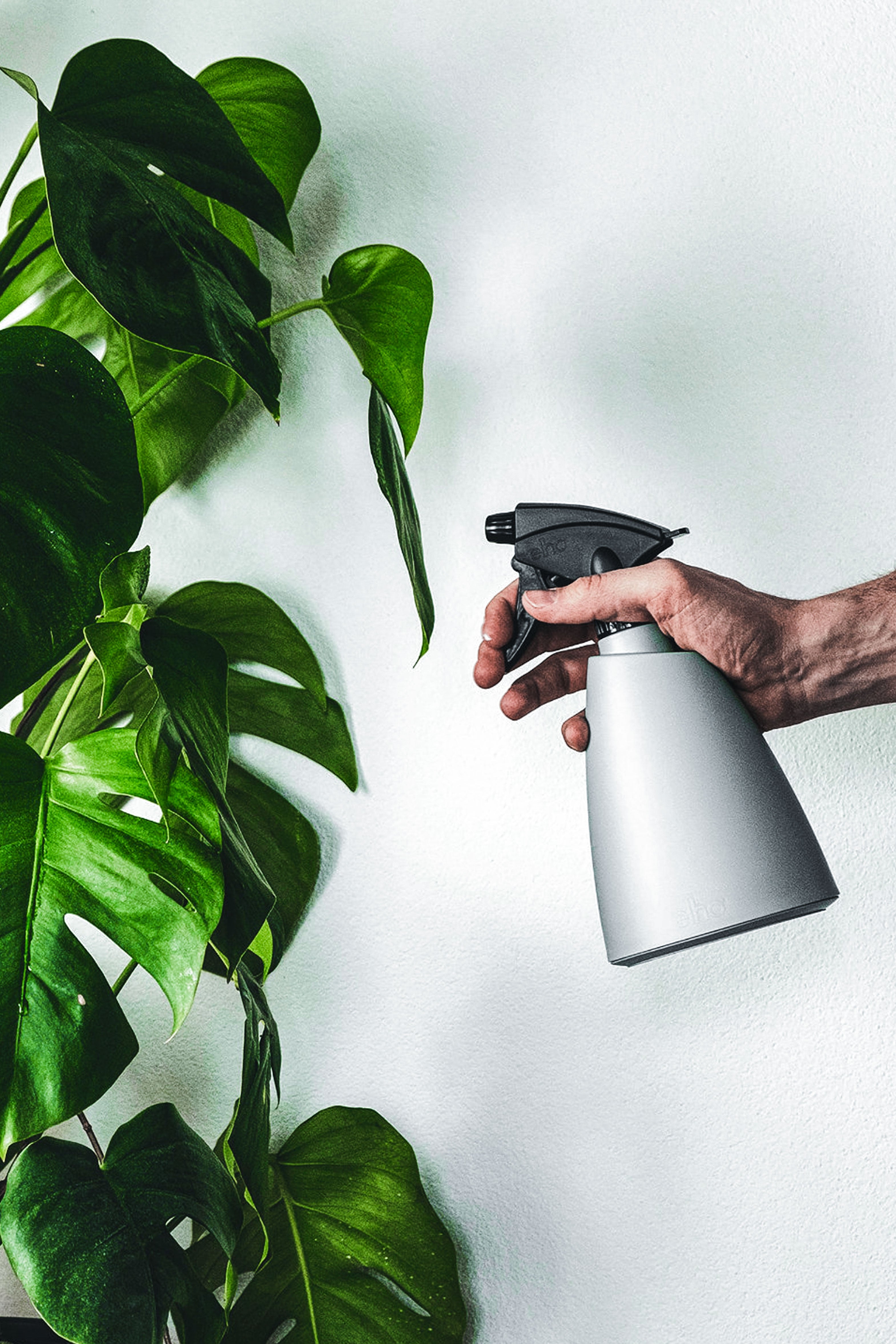
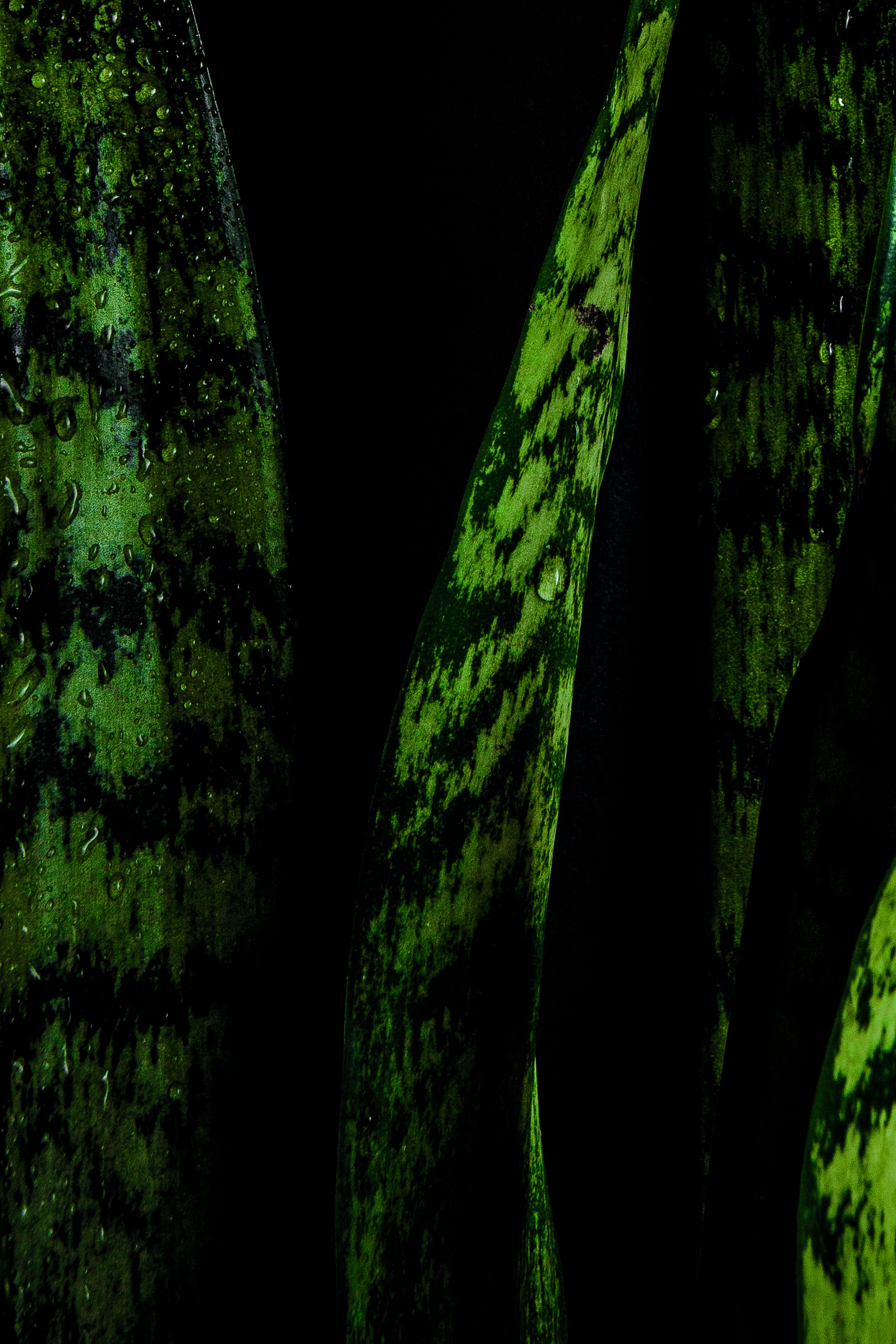
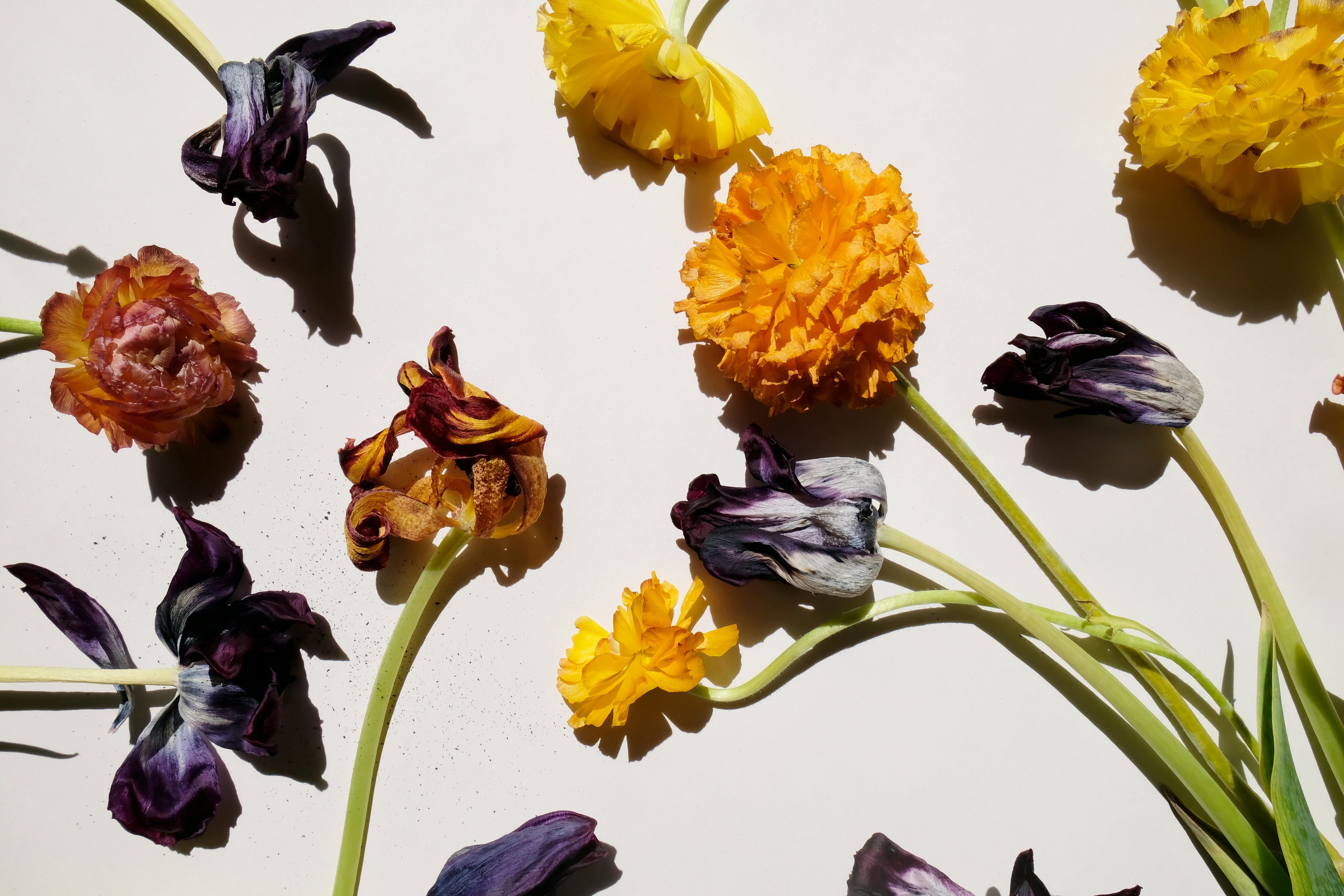
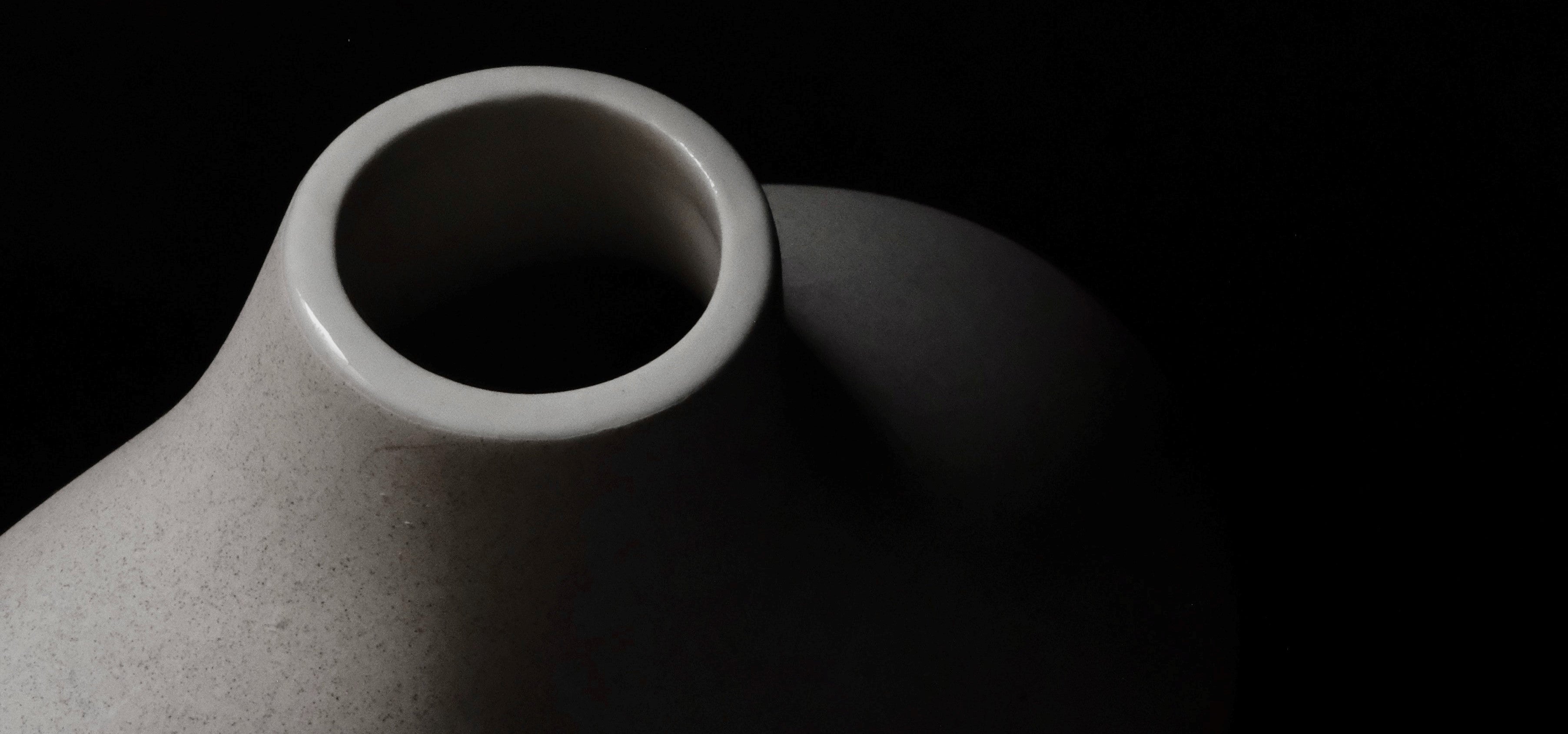
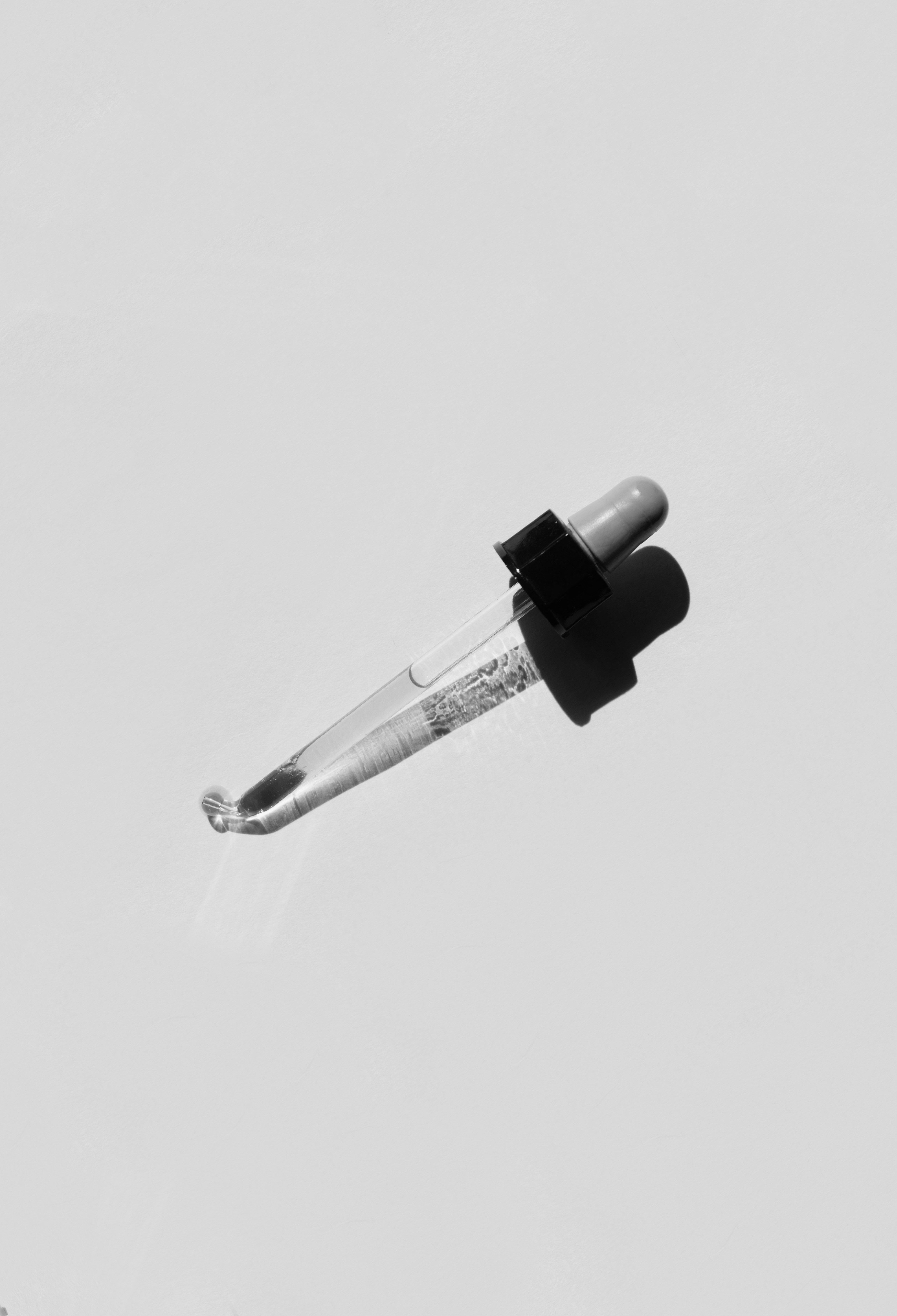
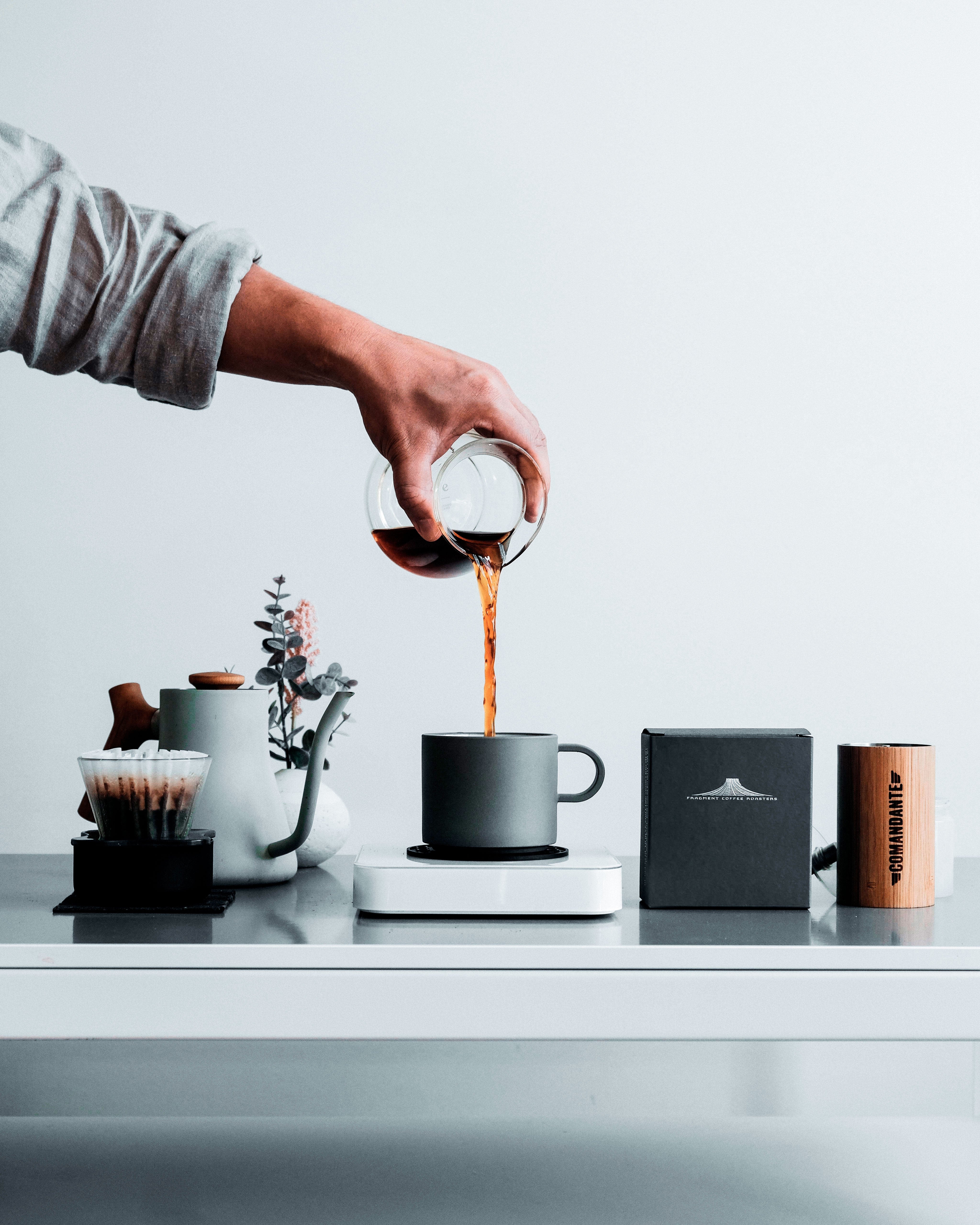
Leave a comment